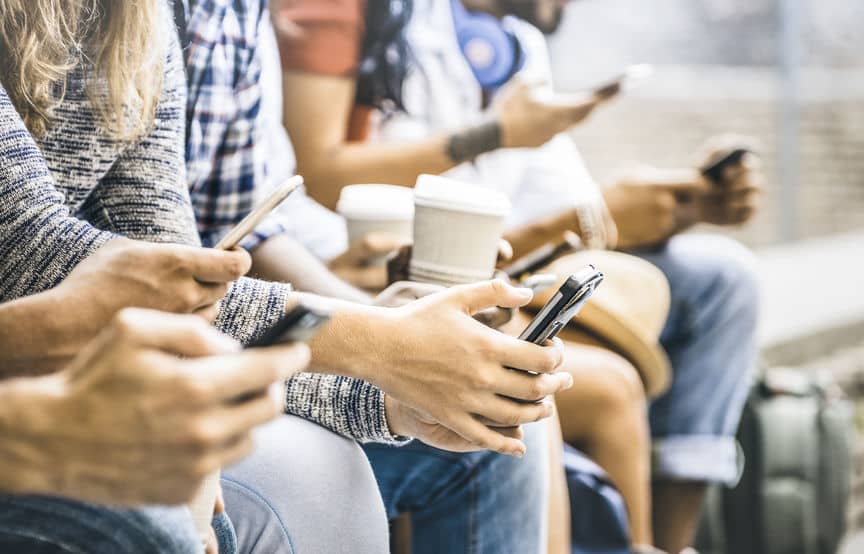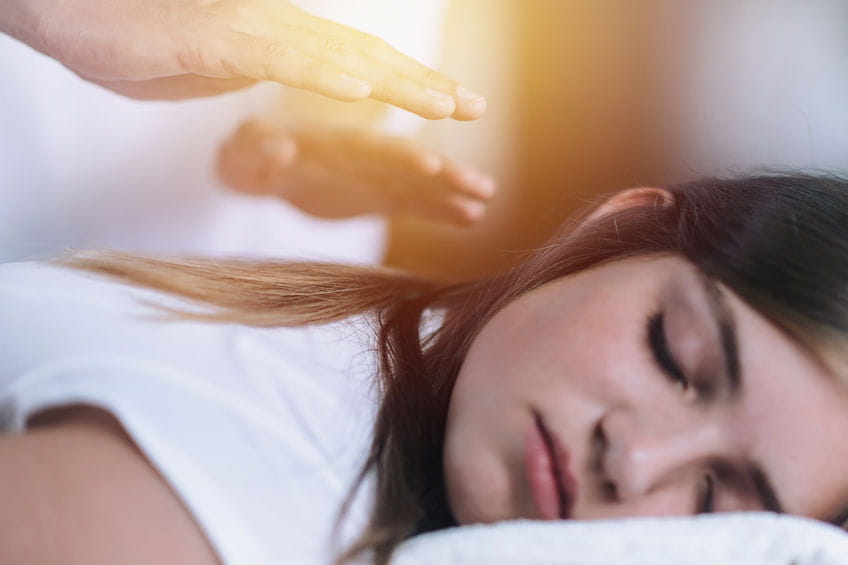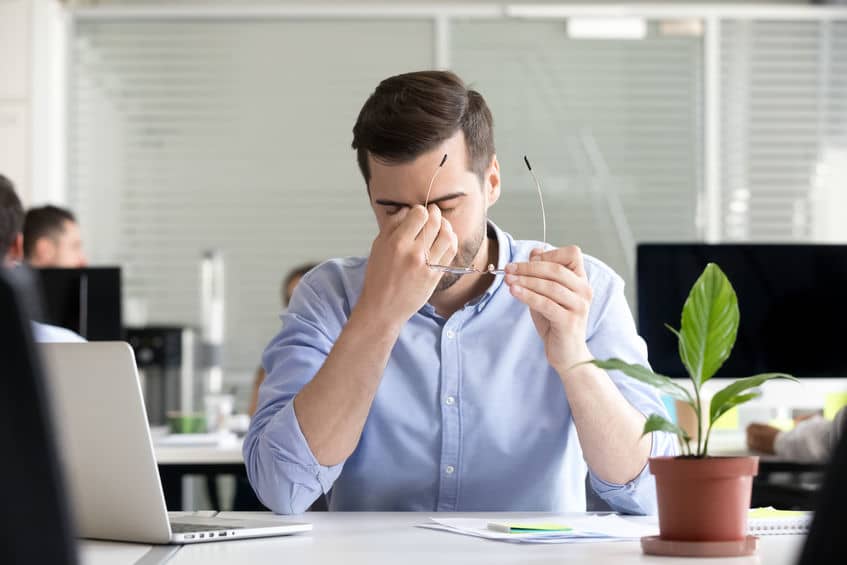We live in a world where screens are our constant companions, from morning alarms to late-night scrolling. While technology connects us, entertains us, and even helps us work efficiently, it also keeps our minds in a constant state of stimulation.
Over time, this digital overload can lead to stress, anxiety, sleep problems, and emotional exhaustion. That’s where a digital detox, a deliberate break from screens, comes in. It’s not about rejecting technology but about reclaiming balance in a hyperconnected world.
Let’s explore how unplugging can heal your mind, improve focus, and help you rediscover peace in the age of constant notifications.
The Problem: How Screens Hijack Your Brain
Technology is designed to keep you hooked. Every ping, like, or notification triggers a dopamine release, the brain’s reward chemical. This creates a feedback loop that keeps you reaching for your phone, even when you don’t want to.
According to a 2023 report by DataReportal, the average person spends nearly 7 hours a day in front of screens. That’s almost half of our waking hours. Constant exposure to screens, especially social media, is linked to higher stress, lower productivity, and reduced attention span.
A study published in Computers in Human Behavior (2020) found that heavy smartphone users were more likely to experience anxiety and poor sleep quality, especially when usage exceeded four hours per day.
Over time, this digital overload overstimulates the nervous system, keeping the brain in a semi-alert state, much like mild chronic stress.
What a Digital Detox Really Means
A digital detox doesn’t mean abandoning technology completely. It means creating intentional breaks from digital stimulation so your brain can reset.
This could look like:
- Turning off notifications for a few hours.
- Setting phone-free zones at home.
- Taking a weekend off social media.
- Spending one screen-free hour before bed.
It’s about creating healthy boundaries with technology, so you use it consciously instead of compulsively.
The Mental Health Benefits of a Digital Detox
Reduces Stress and Anxiety
Constant exposure to news, messages, and online comparisons can keep your mind in a state of low-grade anxiety.
A 2022 Frontiers in Psychology study found that people who took a one-week break from social media reported a 19% decrease in anxiety and a 15% boost in overall life satisfaction.
When you unplug, your brain gets a chance to downshift from overstimulation, reducing cortisol levels and helping you feel calmer.
Improves Focus and Cognitive Function
Every time you switch between apps or check your phone mid-task, you fragment your attention. Studies show it takes up to 23 minutes to regain full focus after a digital interruption (University of California, Irvine, 2015).
A digital detox strengthens your brain’s ability to focus deeply again. When you’re not constantly checking notifications, you experience longer periods of flow — where creativity and concentration thrive.
Tip: Try the Pomodoro Technique which is 25 minutes of focused work followed by 5 minutes of screen-free rest.
Restores Sleep Quality
Blue light from screens suppresses melatonin, the hormone that helps you sleep. Scrolling before bed also stimulates your brain, making it harder to unwind.
A Sleep Medicine Reviews (2021) meta-analysis found that individuals who avoided screens one hour before bedtime slept 33% better and fell asleep twice as fast as those who didn’t.
Establishing a “digital sunset” turning off screens 30–60 minutes before bed, allows your nervous system to transition naturally into rest mode.
Boosts Emotional Well-Being
Social media often presents a curated version of reality. Repeated exposure to others’ highlight reels can lead to feelings of inadequacy or “comparison fatigue.”
According to the American Psychological Association (APA, 2022), nearly 40% of adults report feeling worse about their own lives after using social media for extended periods.
Taking time offline helps you reconnect with your real emotions and self-worth — outside the lens of likes and validation.
Encourages Real Human Connection
Screens give us connection on demand, but often at the expense of deeper, face-to-face interactions.
A Journal of Social and Personal Relationships (2020) study found that people who spent less time on their phones reported stronger empathy and higher relationship satisfaction.
When you put your phone down during meals or conversations, you send a powerful message: You have my full attention. This strengthens both trust and intimacy.
Signs You Might Need a Digital Detox
You might not realize how dependent you’ve become on technology until you step back. Here are some signs you may need a break:
- You check your phone first thing in the morning and last thing at night.
- You feel anxious when your phone isn’t nearby.
- You scroll aimlessly when stressed or bored.
- You find it hard to focus without background noise or multitasking.
- You compare your life to others online frequently.
If any of these sound familiar, a digital detox can help restore balance.
How to Start a Digital Detox That Works
Set Clear Intentions
Ask yourself why you want a break. Is it to sleep better, focus more, or feel calmer? Defining your purpose helps you stay committed.
Start Small
You don’t need to disappear for a week. Begin with short breaks — like 30 minutes of phone-free time after waking up or before bed.
Use Tech to Limit Tech
Apps like Forest, Freedom, or Digital Wellbeing can track screen time or block distractions temporarily.
Create Tech-Free Zones
Designate areas like your dining table or bedroom as screen-free spaces. Physical boundaries reinforce mental ones.
Replace, Don’t Remove
A detox works best when you replace screen time with meaningful offline activities like reading, journaling, nature walks, or hobbies.
A Nature Scientific Reports (2019) study found that spending just two hours in nature per week boosts mood and lowers anxiety levels.
Inform Others
Tell friends or colleagues that you’re taking a digital break. This helps reduce pressure to respond instantly and sets realistic expectations.
Reflect Daily
Notice how you feel after periods of digital silence. Many people report feeling lighter, clearer, and more grounded after just a few days.
A Sample 24-Hour Digital Detox Plan
Morning:
- Wake up without checking your phone.
- Enjoy breakfast or coffee mindfully.
- Take a short walk outside.
Afternoon:
- Work in focused blocks with notifications silenced.
- Eat lunch without screens.
- Write or reflect on paper instead of a digital device.
Evening:
- Unplug one hour before bed.
- Read, stretch, or journal.
- Charge your phone outside your bedroom.
This gentle reset helps you rediscover how peaceful life feels when it’s not constantly interrupted.
Reclaiming Balance in a Hyperconnected World
Technology isn’t the enemy, disconnection is. A digital detox is not about abandoning your devices; it’s about using them intentionally.
When you step back from screens, you give your brain the space to rest, your body the chance to relax, and your emotions room to breathe.
The quiet moments you create offline can become the most nourishing parts of your day. Because in the end, balance isn’t about cutting out the digital world — it’s about remembering that you exist beyond it.
References
- DataReportal (2023). Digital 2023 Global Overview Report.
- Computers in Human Behavior (2020). Smartphone Use and Anxiety Study.
- Frontiers in Psychology (2022). Social Media Break and Mental Well-Being.
- University of California, Irvine (2015). Attention Recovery Study.
- Sleep Medicine Reviews (2021). Screen Use and Sleep Quality Meta-Analysis.
- American Psychological Association (2022). Social Media and Mental Health Report.
- Journal of Social and Personal Relationships (2020). Digital Distraction and Empathy.
- Nature Scientific Reports (2019). Nature Exposure and Mental Health.










